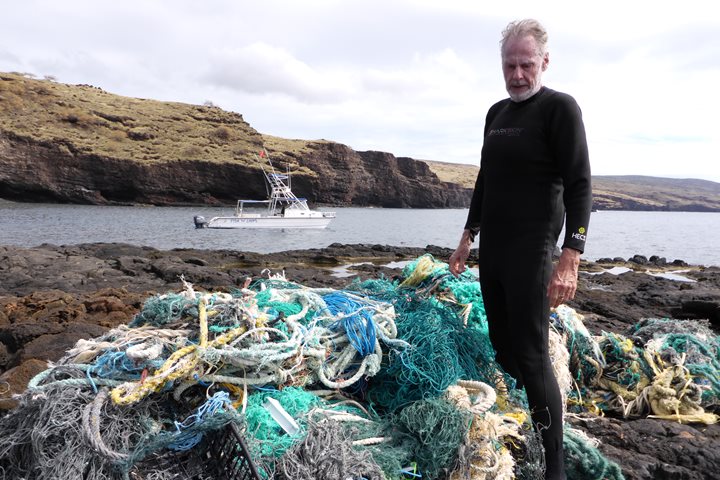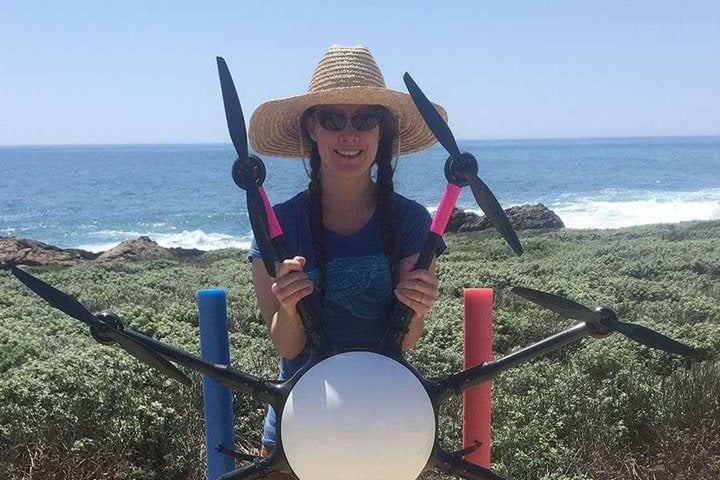Call +1.800.397.3348 or contact your travel advisor
- WorldView
- 4 Min Read
- 27 Mar 2019
The Inspiring Legacy of Freya Stark
A photo of Anglo-Italian explorer Freya Stark riding a donkey, her traditional Arab headdress covering an ear partly sliced off in an accident, is one of the iconic images of 20th-century travel history. Stark’s treks through the Middle East and Central Asia over her century-long life continue to inspire intrepid adventurers, and her books remain a major source of wanderlust for generations of travelers. Get Inspired By Photos, Videos, Webinars, Stories, And Exclusive Offers. Sign Up
Born in 1893, Stark had a tough childhood in Italy thanks to a series of illnesses and her bohemian parents’ volatile marriage. Then, just before she turned 13, she got her hair caught in a machine during a visit to a factory, tearing part of her scalp and most of her ear off. The surgery and skin grafts left visible scars on her face. By her 20s, Stark wanted a break from her life in Italy, and after doing a stint as a Red Cross nurse during World War I and studying Arabic — a language that seemed to hold the promise of adventure — she became intent on leaving her life in Europe behind and roaming the Middle East.
Stark’s first trips around the region, which was then ruled mostly by the British and French, took her to Lebanon and Syria in the late 1920s, and she eventually made her way to Iraq, Yemen, Kuwait, Iran and beyond. But by the time Stark started trekking around the Middle East, she wasn’t the first British female explorer to do it solo. The aristocratic Gertrude Bell was already a celebrity for her Arabian explorations, groundbreaking at the time for a European woman. But Stark stood out for her scrappier, more daring approach — she prided herself on traveling without servants and by donkey or camel instead of on a horse like the fancier Bell — and for her ability to connect with indigenous communities in ways that few non-locals could.
Empathy, Charm and a Fearless Sense of Adventure
By purposely going to areas typically off-limits to outsiders, and often beyond the reach of the colonial powers, Stark put herself in the cross-hairs of European authorities in the area. In Syria, she ventured into a Druze-ruled region that had just revolted against colonial rule. In Iraq, she inserted herself into a group of women living in a harem, and gained rare access to the typically unseen rituals of their lives.
Stark’s instinctive empathy charmed people, gave her a unique lens on the places she traveled through, and helped her navigate tricky situations. She also learned to use gender expectations to her advantage. As she discovered, traveling as a solo female has its pros and cons, especially when trying to sway authorities bent on banning her from access to a place she intended to go: “The great and almost only comfort about being a woman is that one can always pretend to be more stupid than one is and no one is surprised,” Stark wrote.
As she roamed, Stark used her exceptional writing talents and sharp wit to produce detailed narratives about the rhythms of daily life and the people she met around the region, from Bedouin peasants to tribal leaders. Among her two dozen books, several of them bestsellers. One of her best-known works is 1934’s The Valleys of the Assassins, an account of her trek through an area between Iraq and Iran that was once home to a medieval Muslim sect known for committing political murders.
Contribution to History
Stark also had a knack for maps. She had trained in cartography and she ended up correcting faulty maps distributed by the British Foreign Office. Her map-making achievements were significant enough to earn her an accolade from the Royal Geographic Society.
The British government eventually found more ways to put Stark’s talents to use. She was tapped to work as an intelligence agent during World War II, tasked with convincing local populations to side with the Allies or stay neutral. Her willingness to sympathize with various sides of a complex issue — the Middle East and European politics had no shortage of them — ended up stoking controversy and earning her as many friends as enemies.
Even as Stark got older, she had a hard time slowing down. At age 75, she went on her last ambitious trip, to Afghanistan, to see a recently discovered minaret dating back to the Middle Ages.
By the time she died in 1993 at age 100, Stark’s accomplishments had won her as much adulation as controversy, but her fearlessness as a solo female adventurer — and the unique narratives she produced — earned her a lasting place in the history of exploration.
This March, we're celebrating Women's History Month by highlighting some of exploration's greatest women. Check them out here!


